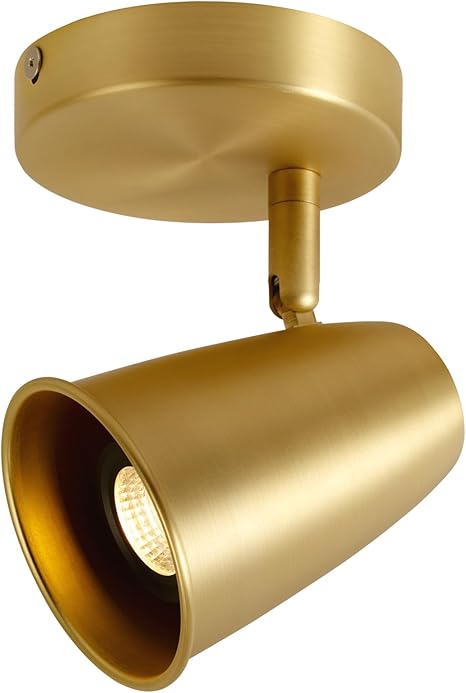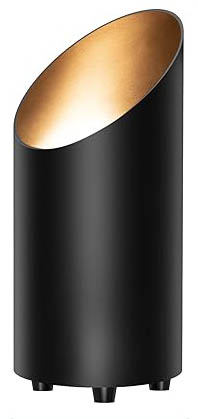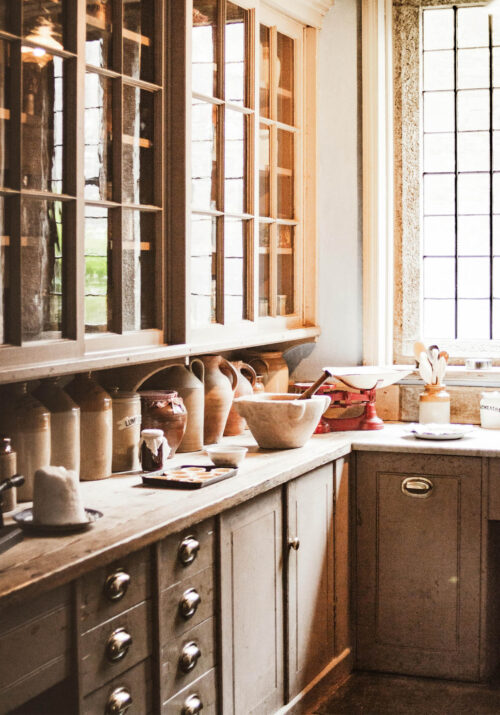In interior design, lighting plays a pivotal role in creating ambiance, enhancing functionality, and elevating aesthetics. Among the myriad lighting options available, can lights, also known as recessed lights, have emerged as a popular choice for homeowners and designers alike.
In this guide, we’ll delve into the art of mastering lighting design, specifically exploring when to opt for can lights to illuminate your space effectively.
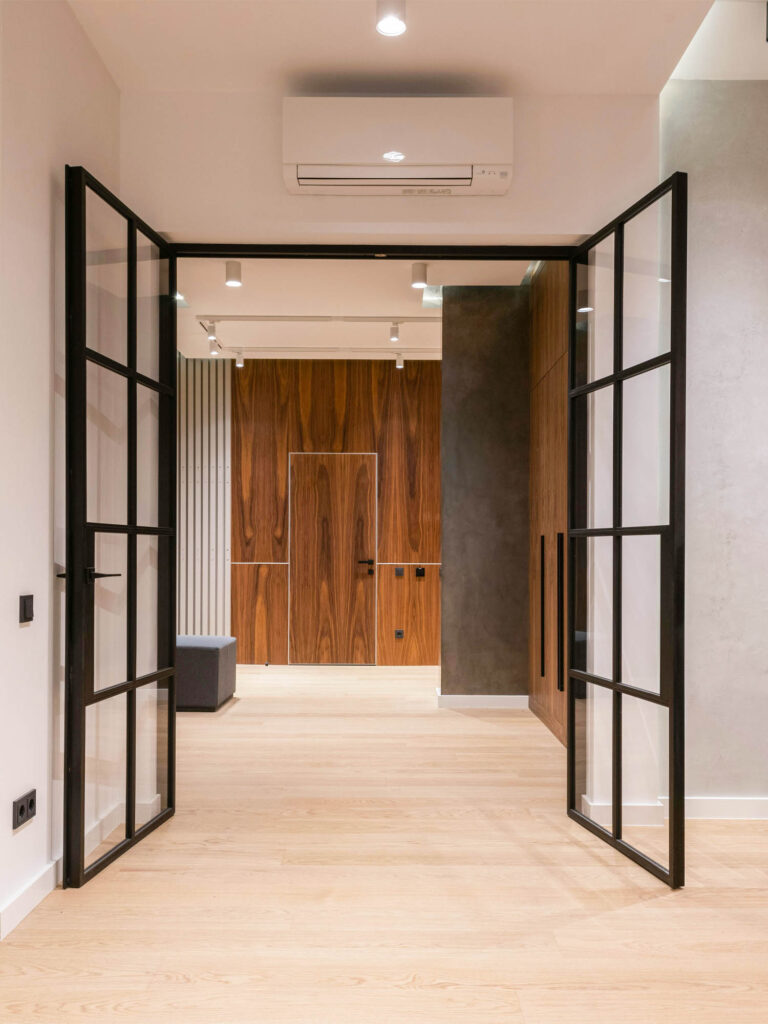
This post may contain affiliate links, meaning I could earn a small commission if you make a purchase through my link, at no extra cost to you. You can read my full disclosure here. Thank you for supporting Alagu Home!
Understanding Can Lights: The Versatile Lighting Solution
Can lights are fixtures that are installed into hollow openings in the ceiling, creating a seamless, streamlined look. They are characterized by their recessed nature, where the light fixture is mounted inside the ceiling rather than protruding downwards like traditional pendant or chandelier lights. This design choice offers versatility and flexibility in lighting placement, making can lights suitable for various interior styles and spaces.
Enhancing Functionality with Can Lights
One of the key advantages of can lights lies in their ability to provide ample illumination without occupying physical space. This makes them an ideal choice for rooms with low ceilings or limited overhead clearance, such as basements, kitchens, or bathrooms. In areas where task lighting is crucial, such as kitchen countertops or bathroom vanities, strategically placed can lights offer focused, shadow-free lighting, facilitating daily activities with ease.
Creating Ambiance and Mood
Beyond functionality, lighting has the power to set the mood and ambiance of a space. Can lights excel in this aspect by offering subtle, diffused illumination that bathes the room in a soft glow. In living rooms or bedrooms, dimmable can lights provide customizable lighting levels, allowing occupants to adjust the ambiance according to their preferences or the occasion. Whether it’s a cozy movie night or a lively gathering, can lights can adapt to suit the atmosphere.
Highlighting Architectural Features and Artwork
Can lights serve as discreet yet effective tools for highlighting architectural features or artwork within a space. By strategically positioning can lights along walls or above focal points, such as fireplaces or gallery walls, you can draw attention to these elements, adding depth and visual interest to the room.
Additionally, adjustable can lights with directional capabilities enable you to precisely illuminate artwork or sculptures, accentuating their beauty and creating a gallery-like ambiance.
Keep reading to discover the essential guide to mastering lighting design and learn when to strategically incorporate can lights for optimal results.
Choosing the Right Light Temperature for Every Room
Selecting the appropriate light temperature is paramount in crafting the desired atmosphere and functionality within each room of your home. For areas where focus and productivity are key, such as home offices or kitchens, opt for cooler temperatures around 4000-5000 Kelvin (K), mimicking natural daylight to promote alertness and task performance. In spaces dedicated to relaxation and unwinding, like bedrooms or living rooms, warmer temperatures around 2700-3000 K create a cozy ambiance conducive to rest and relaxation.
Additionally, consider the activities conducted in specific rooms; for instance, bathrooms benefit from a balanced light spectrum to ensure accurate color rendering for grooming tasks. By tailoring the light temperature to suit the function and mood of each space, you can enhance comfort and functionality throughout your home.
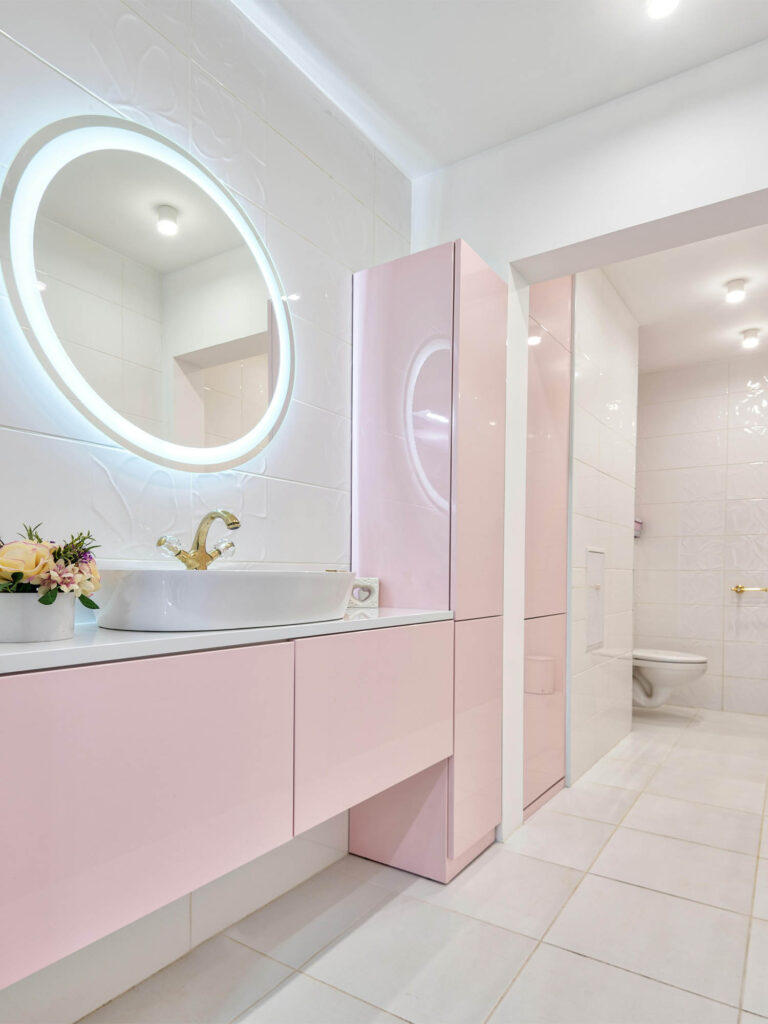
Enhancing Visibility and Ambiance: Lighting and Mirrors
Incorporating lighting fixtures strategically around mirrors can significantly enhance visibility and ambiance in a space. Placing can lights on both sides of the face when using a mirror is essential for achieving balanced illumination and minimizing shadows. This setup ensures even lighting across the face, facilitating grooming tasks such as applying makeup or shaving with precision.
Moreover, well-placed can lights around mirrors can also contribute to the overall aesthetic appeal of the space, creating a flattering glow that accentuates facial features and adds depth to the room. Whether in bathrooms, dressing areas, or vanity spaces, the synergy between lighting and mirrors plays a crucial role in optimizing functionality and aesthetics, ensuring that every reflection is met with clarity and grace.
Optimizing Energy Efficiency and Sustainability
In an era where sustainability is paramount, selecting energy-efficient lighting solutions is essential. Can lights, particularly those equipped with LED technology, offer significant energy savings compared to traditional incandescent or fluorescent bulbs.
LED can lights consume less energy, have a longer lifespan, and produce minimal heat emission, making them an eco-friendly choice for environmentally conscious homeowners. By embracing LED can lights, you not only reduce your carbon footprint but also enjoy long-term cost savings on energy bills.
Crafting Your Custom Lighting Design Plan
Now that we’ve explored the diverse uses and types of lighting cans, it’s time to embark on the exciting journey of creating your bespoke lighting design plan. Begin by assessing the unique needs and functions of each room in your home, considering factors such as task requirements, ambiance preferences, and architectural features.
Map out the placement of can lights to optimize visibility, enhance aesthetics, and promote energy efficiency. Incorporate dimmers and adjustable fixtures to tailor lighting levels according to daily activities and mood. Pay special attention to focal points, artwork, and mirrors, ensuring they receive appropriate illumination to showcase their beauty.
Remember to strike a balance between functionality and style, infusing your space with both practicality and personality through thoughtful lighting choices. With a well-crafted lighting design plan in hand, you can transform your home into a harmonious sanctuary illuminated by the perfect blend of form and function.
In conclusion, as we draw to a close on our journey through the intricacies of lighting design, it’s time to put theory into practice and embark on the creation of your personalized lighting design plan.
Armed with a newfound understanding of the versatility and functionality of can lights, you are well-equipped to tailor your lighting scheme to suit the unique needs and aesthetic preferences of your space. Take stock of each room, considering its purpose, layout, and architectural features, and map out the placement of can lights accordingly.
Factor in the importance of light temperature, ensuring it aligns with the mood and functionality of each space. Integrate dimmers and adjustable fixtures to offer flexibility and ambiance control, and don’t forget the importance of illuminating focal points and mirrors to enhance visibility and aesthetics.
With meticulous planning and a keen eye for detail, your lighting design plan will transform your home into a sanctuary where form and function coalesce seamlessly, elevating every moment spent within its illuminated embrace.
